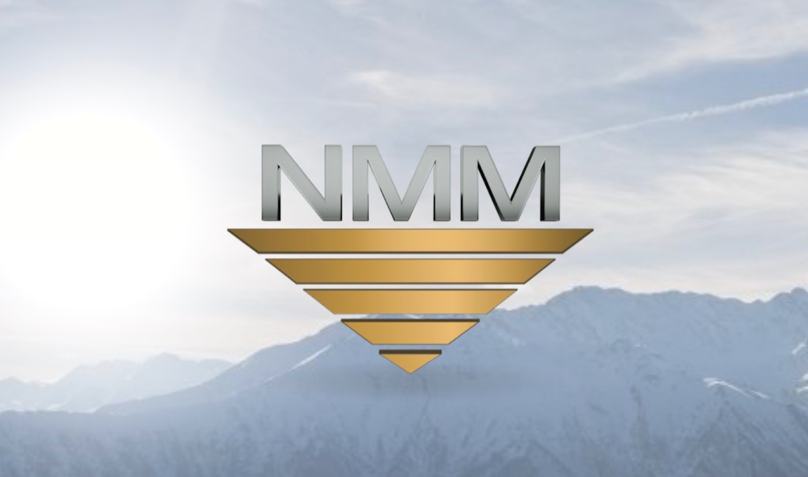Steel and Recycling: Fun Facts!
Here at National Material Company, we thought we’d pause, reflect, and share some good news and fun, interesting facts about the steel industry.
In 2016, Azo CleanTech reported that steel is the most recycled material in North America. The metal comes not only from cans but also from construction scraps, automobiles, and appliances, and it can be turned right back into steel that can be used in the same applications.
Recycling is at the core of the steel industry’s commitment to sustainability. According to steel.org, the North American steel-making furnaces “consume nearly 70 million tons of domestic steel scrap in the production of new steel.” By using steel scrap to make new steel, the North American steel industry conserves energy, emissions, raw materials, and natural resources. This commitment drives the reduction of steel’s environmental footprint, while producing advanced, highly-recycled steel products that meet an advancing society’s needs.
Here are some fun facts about steel and recycling:
- Steel products can be recycled repeatedly without loss of strength.
- Recycling steel saves the equivalent energy to power about 18 million households for a year.
- More than 80 million tons of steel are recycled each year in North America.
- For every ton of steel recycled, 2,500 pounds of iron ore, 1,400 pounds of coal, and 120 pounds of limestone are conserved.
- Almost 69 percent of all steel is recycled in North America each year – more than paper, aluminum, plastic, & glass combined. North America’s average steel recycling rate has been in excess of 60 percent since 1970.
- More than 95 percent of the water used for making steel in North America is recycled.
- One scrapped car produces more than four steel utility poles.
- 95 percent of the steel taken from commercial construction demolition sites was recycled and made into new steel products in 2002.
- 100 percent of a steel roof can be recycled. Asphalt roofs – zero percent. (Steel roofs provide your family with excellent protection against wind, water, snow, ice, and fire and are even hail-resistant. Asphalt roofs actually weigh twice as much as steel roofs. Steel roofs can last over 50 years, while traditional roofs last only 17 years!
- Steel food cans are the most recycled food package. 24,000 community recycling programs in North America collect steel cans. Canned food is as nutritious as its fresh and frozen counterparts upon preparation! Canned goods do not contain preservatives!!
- All 99 pounds of steel in the average major appliance can be recycled to make
new steel products.
Also, according to Utah Recycles, there are many more encouraging examples of how the steel industry’s commitment to recycling is helping to save the planet. Steel only takes up to 100 years to fully decompose in a landfill, whereas it takes plastic 1000 years to break down (aluminum can take 200 years, tin can take decades)! Recycling steel takes 25% less energy and creates only 25% of the water and air pollution required to produce steel from raw materials. About 70% of all metal is […]


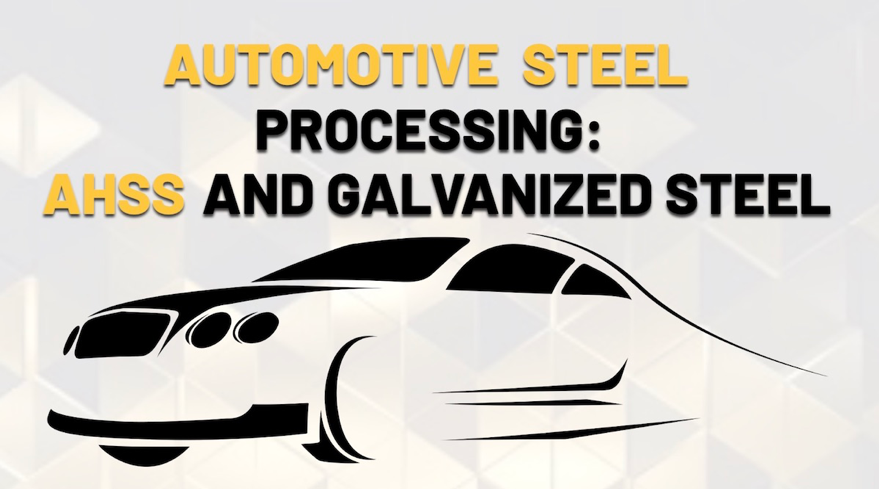
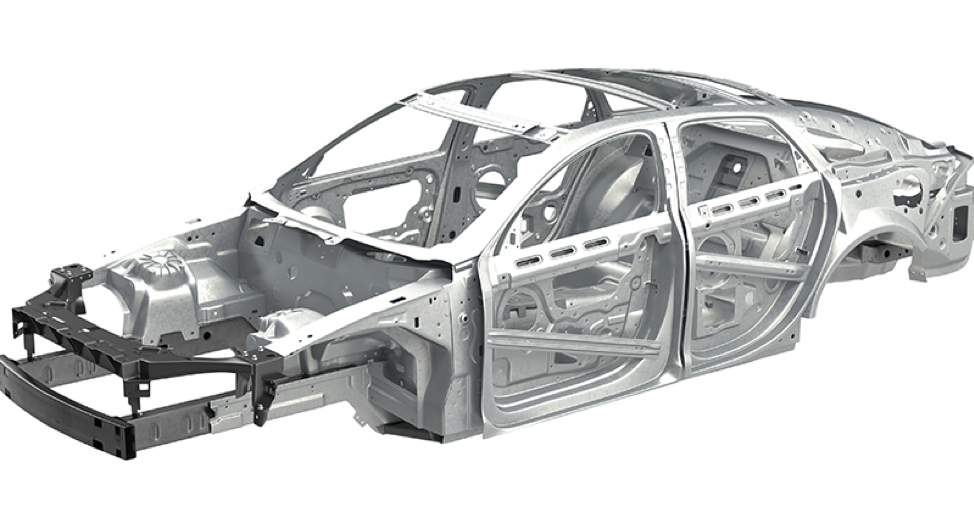
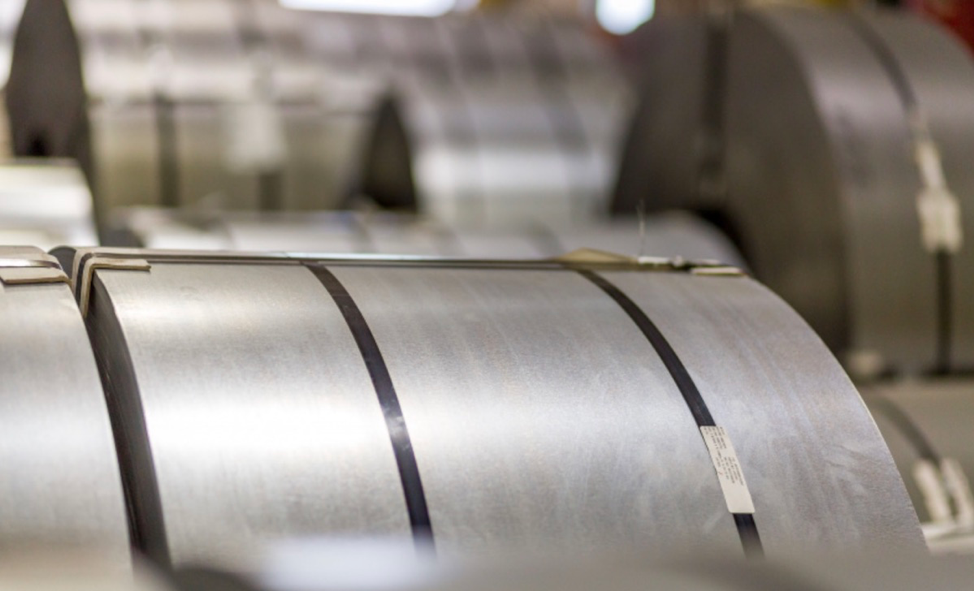

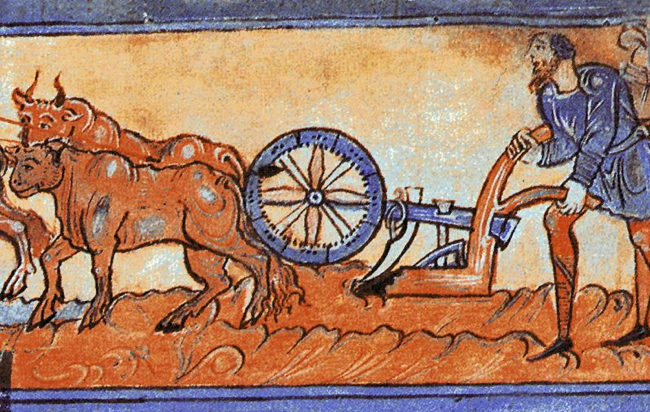
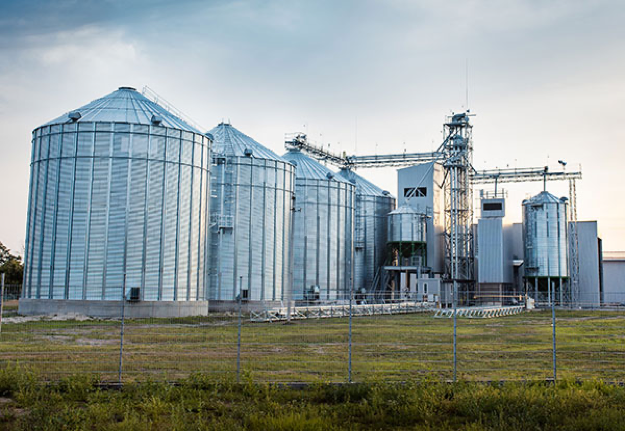 […]
[…]